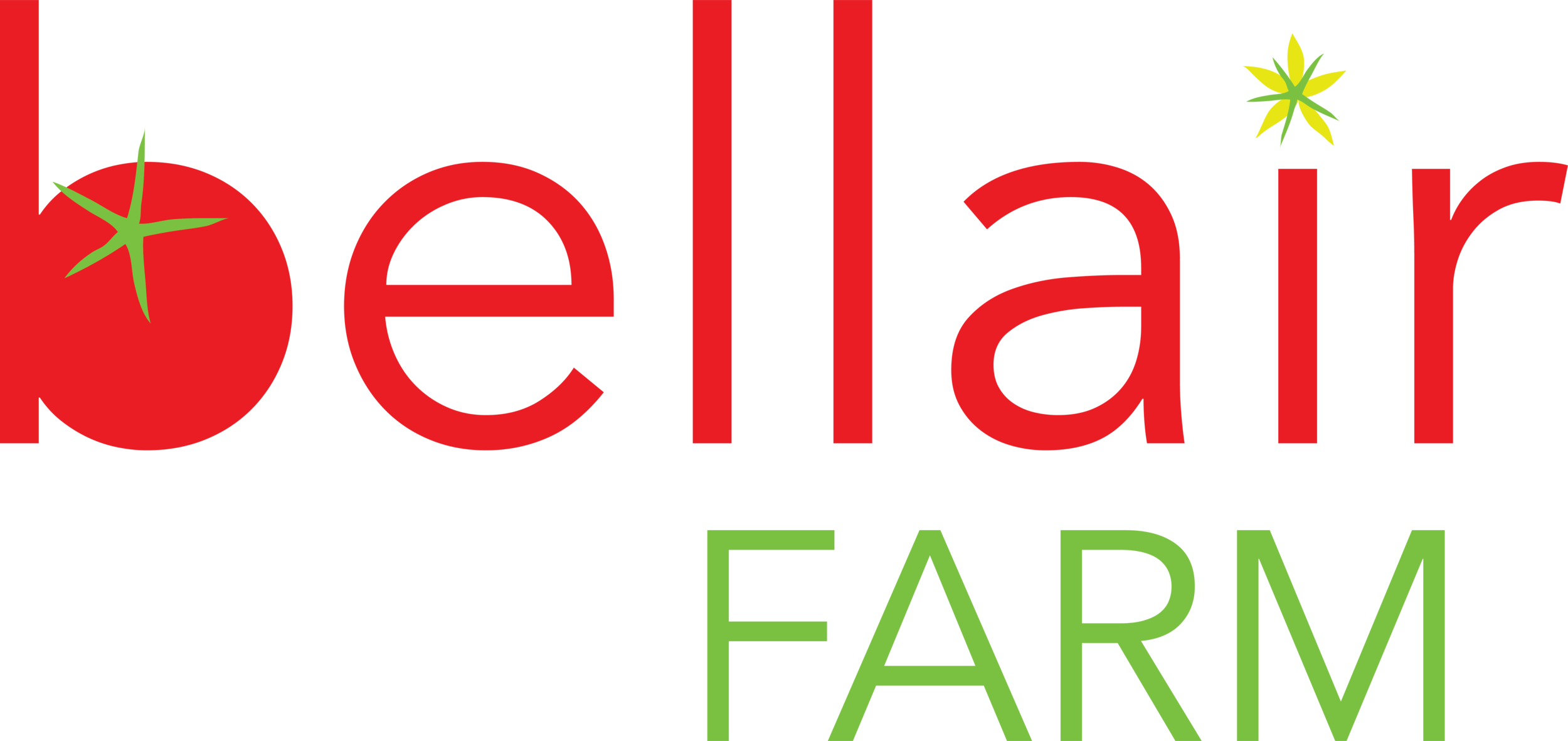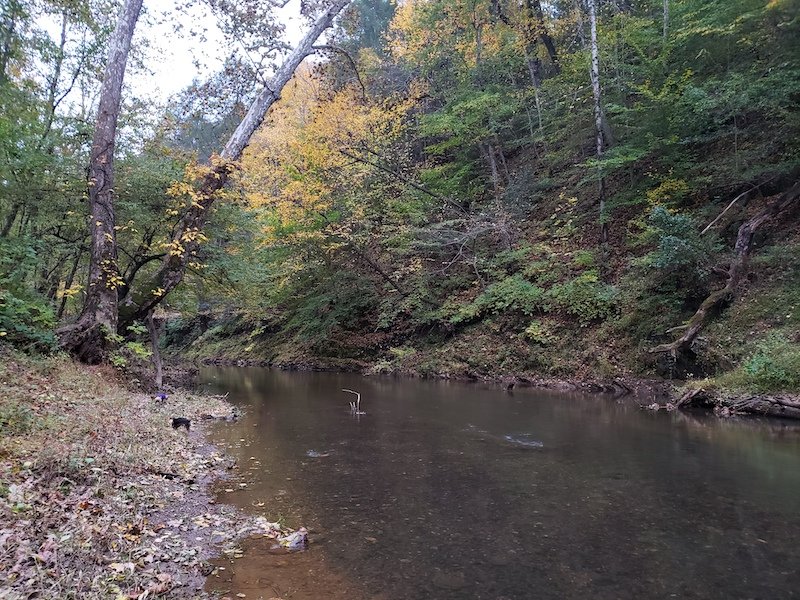Annual Update, Part 3: Grazing & Conservation
In North America, we have lost more than 40% of the 550 million acres of historic grasslands and prairies that used to spread across the landscape. These grasslands were not a monolith, but rather a mosaic of different open spaces: tallgrass prairie, shortgrass prairie, and many different regional variations. Indigenous communities, such as the Monacans who inhabited the land Bellair Farm currently occupies, used fire and grazing as tools to interrupt the cycle of succession that gradually turns grassland into forest. These days, we tend to think of natural spaces as being "field" or "forest." But in nature, every field is on its way to becoming forest without an interruption in that secessional cycle. And many natural spaces, like the oak and pine savannahs of the deep south embody both "field" AND "forest" with their grassy cover and tall overstory. Adding to the mosaic, some of these landscapes were relatively homogenous, but many were a mishmosh: containing patches of woods, brambles, shrubs within grassy expanses.
So what has become of all our grasslands? Well, like most things, the answer is much too complicated to fully explore here. A combination of factors including fire suppression, industrial agriculture, and development have transformed these areas into places that are no longer grasslands and are now dark forests, croplands, or housing developments.
One of the most amazing things I've been able to witness on Bellair is the transition of 160 acres of bottomland from traditional conventional corn-and-soy crop fields to pasture. This transition originally started with an NRCS/TJSWCD grant in 2015 for cost-share funding for seed as well as for fencing and water systems to keep the future cows out of the waterways. Since that time, we have seen anecdotal increases in the numbers and variety of grassland bird species as well as other interrelated wildlife. From just yesterday: courting barred owls, hunting harriers, nesting bald eagles, meadowlarks galore, and a large coyote trotting across one of the fields.
The Hardware River, on the edge of Bellair Farm - one of the waterways we strive to protect.
Grazing and conservation might not seem like compatible topics but more and more, I'm beginning to think of them as two sides of the same coin, at least for us here at Bellair. One of the amazing things about this property is all of the open space. If we want to keep that space open and not let it become a dense thicket, we need to utilize different tools to do that. In my mind, grazers are our first and best choice in this matter! There has been a lot of recent research into how to raise beef in the most "bird friendly" way, and even my limited cattle experience on Bellair tells me that beef and birds CAN co-exist. The same fields we heard all those birds and saw that coyote? Our mostly-fescue cattle pasture. Since last March, Nat has been utilizing rotational grazing practices (also known as regenerative grazing). This means moving the cows from small paddock to small paddock instead of allowing them in a large space for a longer time. These practices help with pasture utilization and recovery, but they are also good for the birds!
While we've traditionally grazed cows in the bottomlands of the farm, part of the historic Hardware River flood basin, we now have access to more upland acreage. This is great on a lot of fronts: we will have dry(ish) ground for cattle in the winter; we can rest the bottoms more; and we grow some of our own hay for winter feeding.
Our other animals, the hogs, can also break up the succession cycle, and boy do they know how! With hogs, the level of disturbance can swing too far if we're not careful! However, we can harness the power of pigs to create a different style of open area with more broadleaf species and wildflowers interspersed with occasional trees, shrubs, and brambles. We move our hogs every 3 weeks to accomplish this goal and we run them on certain parts of the farm, allowing for long rest periods in between.
Our crew with a team of conservationists touring our hog pastures.
Happy pigs on pasture.
Our current animal density cannot fully utilize all our open acreage, and we see this as a good thing! Low density means less disturbance for our wildlife and ultimately, we are managing these open areas as grasslands rather than as intensive pastures. Because of the abundance of grass, sometimes, we will still need to use mechanical management like bush-hogging in order to meet our objectives. We need to scout our brambly bits and make sure that no invasive species are encroaching. We also need to mow occasionally to encourage re-growth for our cows. When and where we mow is becoming a complex thought process, but in general, we are mowing because we have a goal to accomplish, not just for the sake of mowing. For the long term, we are looking to scale up our animal operation, as we would much prefer to have more mouths eating than more mowers mowing. We will have a long ways to grow before we need to start worrying about over-grazing.
This is a section of the farm that we’ve designated for wildlife conservation, and we use ‘prescribed’ grazing here occasionally as maintenance.
Many of the ways that we manage for conservation are wrapped up in the tiny day-to-day details of how we approach our work. But many other strategies are big undertakings! Here are some of the funding opportunities and practices we are pursuing that combine our ecosystem and agricultural goals:
Another round of funding for more fencing and water lines: critical infrastructure for accessing the upland pastures via grazing
James River Association River Buffer Tree Planting Project on several acres adjacent to the Hardware River
Exploring silvopasture, or the idea of trees in pasture, as a way to provide animal comfort in the form of shade as well as a canopy that can be utilized by birds. We're looking at some funding opportunities as well as strip-mowing and letting trees come up on their own!
Consulting with experts on many, many fronts about what we are doing and how we might improve it
Designating certain land as being specifically for wildlife value and using grazing only as "prescribed" in those areas, not including them by default.
If at all possible, timing mowing and haying to the edge of or outside of the ground-nesting bird season
Using animals to manage the "edges" of the farm -- little corners here and there -- to reduce our need to mow those spaces
Young trees from the James River Association River Buffer Tree Planting Project. These have been planted in several locations around the farm to form a buffer for the Hardware River.
A ‘field day’ with the James River Association - their team instructed us on how to care for the buffer tree plantings.
There's so, so much more to this topic, and Nat and I both spend a lot of our waking hours (and many of our dreams) thinking about this stuff. Being stewards of Bellair Farm, the farm and Bellair Farm, the ecosystem, is our biggest pride and our biggest responsibility. If you'd like to learn more about conservation ranching, grassland birds, and what practices you might be able to utilize on any large open spaces you control, check out these links:
An AMAZING factsheet from Virginia Working Landscapes on Field Management Best Practices for field-nesting birds: https://www.vaworkinglandscapes.org/wp-content/uploads/FieldManagementGuidelinesforBirds_VWL_April2021.pdf
Audubon "Conservation Ranching" website: https://www.audubon.org/conservation/ranching
VWL/Smoithsonian article on Bird-Friendly Farming in the Piedmont https://abcbirds.org/blog20/virginia-piedmont-grasslands/
NRCS publication on grassland birds https://www.nrcs.usda.gov/Internet/FSE_DOCUMENTS/nrcs144p2_054067.pdf






